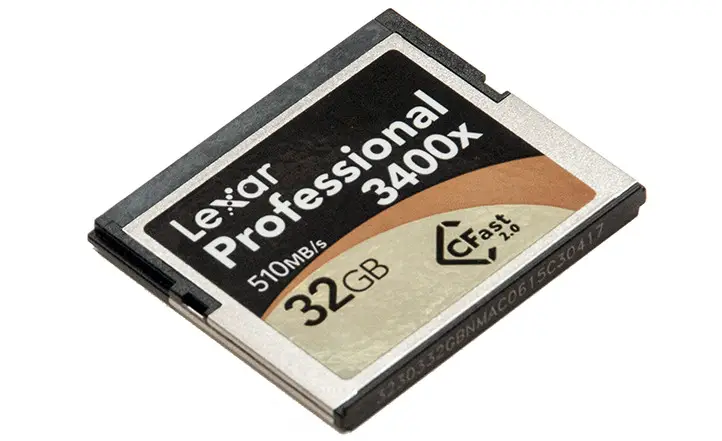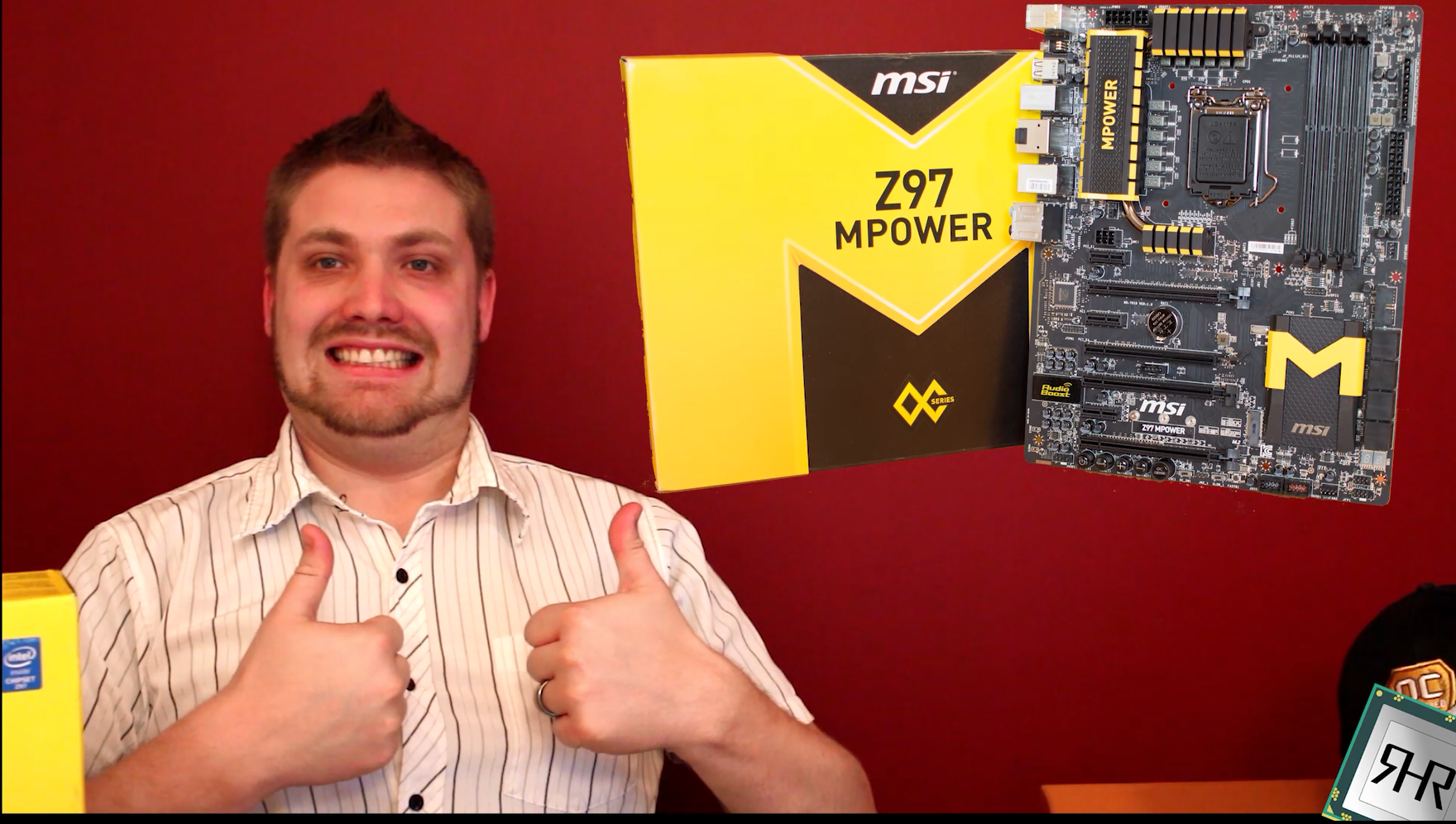As we said in the CompactFlash review, very few consumers actually care about the format their ‘card’ comes in and this is a shame. CompactFlash, SD, XQD, and CFAST, all have different strengths and weaknesses. Some are faster than others, some are more durable, and some are cheaper. So it really is in your best interest to do some research before purchasing one over the other – this is especially true of cameras that support multiple formats.
Also as we stated in the Lexar 1066X Compact Flash review, the CompactFlash Association (CFA) were not overly worried about creating a standard that would last multiple decades. Instead they wanted a cheap, easy, and trustworthy new form-factor that could compete against Sony and the other half dozen competing standards at that time. Sadly they chose to use PCMCIA and PATA as the standards they would co-opt into their CompactFlash standard. This is why even back in 1998 the CFA talked about replacing CompactFlash with a newer standard.
This new standard was based on Serial ATA and was eventually released to market under the moniker ‘CFast’ – as is CompactFlash Fast. In fact, CFast drives are nothing more than slightly modified Solid State Drives in that they use a micro-SATA data and power connectors. The upside to this decision is the CFA could easily and quickly modify CFAST to take advantage of newer and faster SATA standards. The downside is that CFAST 1.0 was basically limited to 3Gb/sec – via SATA rev II standard. Actually, to be more precise that was the theoretical performance limit, and in reality most CFast 1.0 cards (for example the Atomos CFast 1.0 64GB card) ran at 200MB/s read at about 80MB/s write. This certainly was faster than the CompactFlash cards of the day could do but CFast is not backwards compatible with CompactFlash equipped cameras or CompactFlash cards. At that time camera RAW files sizes were rather small and the idea of having 50, 60, or 75MB RAW files was simply ludicrous. As such CFast was seen as more trouble than its worth by Nikon, Canon, Sony, and all the other camera manufactures -as CompactFlash was still ‘good enough’. Instead a handful of video cameras opted for it, but that was about the extent of market penetration.
Fast forward to 2014 and CFAST 2.0 is unleashed upon a radically changed marketplace. Massive mega-pixel cameras are now a ‘thing’, 10+ frames per second cameras are now a reality, 4K video cameras are also now coming out. All of which is the perfect storm for CFAST 2.0 and its 6Gb/s SATA interface. Unfortunately camera manufactures are a conservative bunch, and at this time none have opted for this new interface. Instead only a handful of 4K video cameras have gone for it.
This however is expected to change in the very near future. Canon has promised a revolutionary leap forward in frames per second with their next generation cameras. With CompactFlash already maxed out in the 1Dx camera this most likely means a new standard is about to -at the very least – supplement CompactFlash in the next generation camera. Our bet is on CFast 2.0 and XQD.
We feel this is a very safe bet as CFast 2.0 uses the exact same form-factor as CompactFlash. To be specific it uses the Type 1 CompactFlash form-factor (43mm x 36mm x 3.3mm). This form-factor has proven its merits to both card manufactures and camera manufactures as it allows more than enough room for a large controller, a ram IC for the controller buffer, and multiple NAND ICs. More importantly it also allows for plenty of room for large metal heatsinks. Since it also uses the SATA standards the cards can also have higher performance controllers.
This form-factor and underlying design is a proven combination with camera enthusiasts and professionals, and while it will mean purchasing all new storage cards speeds of up to 510MB/s – and frames per second ratings equally large – should push consumers towards this new CFAST 2.0 standard. Equally important this form-factor and SATA foundation is well understood by card manufactures, so actually designing and producing CFast 2 cards is not as expensive an undertaking as it is with XQD and its PCIe based standard. This in turn means cheaper CFAST 2.0 cards, which will also help push CFast 2.0 ahead of XQD. Time will tell if our educated guess is correct, but it is the logical answer to the problem of what to replace CompactFlash interface with.













